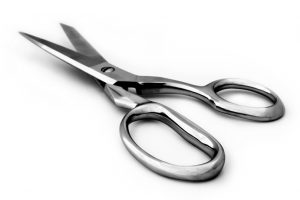
For insurance purposes as well as for your own records it is useful to have a list of your home contents and appliances. Keeping track of the items you own is made easy with a home contents inventory list.
We’ve found a handy list that you can download and use in Excel to get started with creating your own home contents inventory.

Open Microsoft Excel and choose File > New. Click in the Search box and type home inventory and then click to search. Click and download the Home Contents Inventory List.

To familiarize yourself with the list look at the columns of data that you will be entering. There is also space to enter some basic insurance information in the top left corner of the worksheet. You don’t need to complete every cell if it does not apply or if you don’t have the required details.

These details will be useful if you ever need to make an insurance claim. Leave cell C11 untouched as it contains a formula to automatically total the value of items.

Start with one room in your house, for example your living room, and type the room in the Room/Area column. Then list each item’s description in column C. Instead of typing the Room name each time, copy its entry. To do this, click in cell B14, right click and choose Copy. Select all the cells to copy the text into, right click and choose Paste Special > Values and then click Ok. This copies the name of the room without changing any of the formatting.

If you know other details about the items enter them in the worksheet now. If you don’t know the details you can complete them at a later date.

It is a good idea to photograph the more valuable items in your home and to store the photos in a special folder on your computer. If you have these, type Yes in the photo column or type the file name or the location of the photo on your computer.
Continue and add the contents of other rooms to your file.
Continue and add the contents of other rooms to your file.

From time to time as you work on the inventory you should save your file. The first time you save it choose File > Save As, locate your Documents folder and type a name for the file such as My Home Inventory and click OK. Thereafter you can save it by clicking the Save icon or choose File > Save. In future you can open the file to continue working on it by choosing File > Open, navigate to your Documents folder and open the file.

It’s a good idea to keep a paper copy of your inventory as well as a copy on your computer. To do this choose File > Print. The document is automatically sized to print across a single sheet of paper with all the columns fitting on a page. All you need do is to click the Print button print it.

This worksheet is quite wide and you may notice that as you move to the right some of the columns temporarily disappear. This is a design feature – columns A, B & C are always visible so you can always see the Room and Description as you work. Other columns disappear as you move further to the right and reappear when you move back to the left again. This process is managed by a feature called Freeze Panes on the View tab and it is best to leave this enabled to make the worksheet easy to use.






